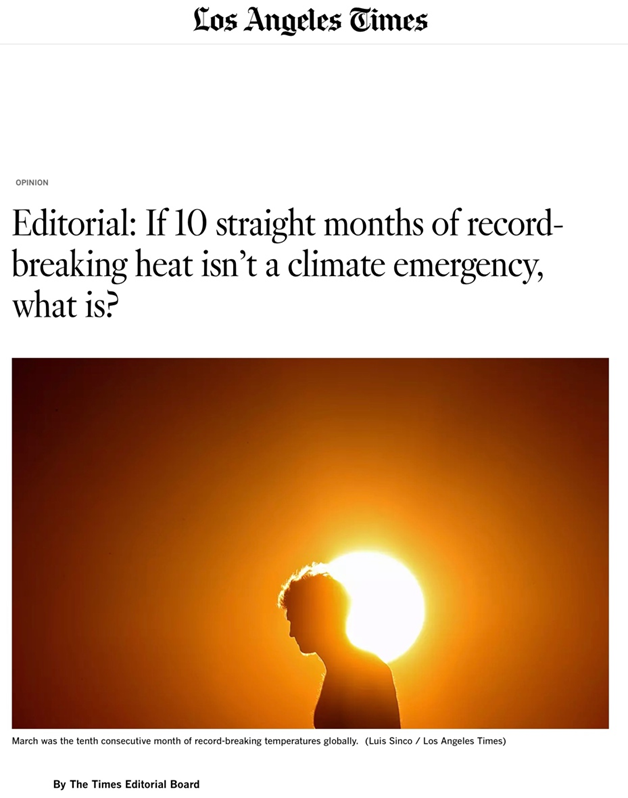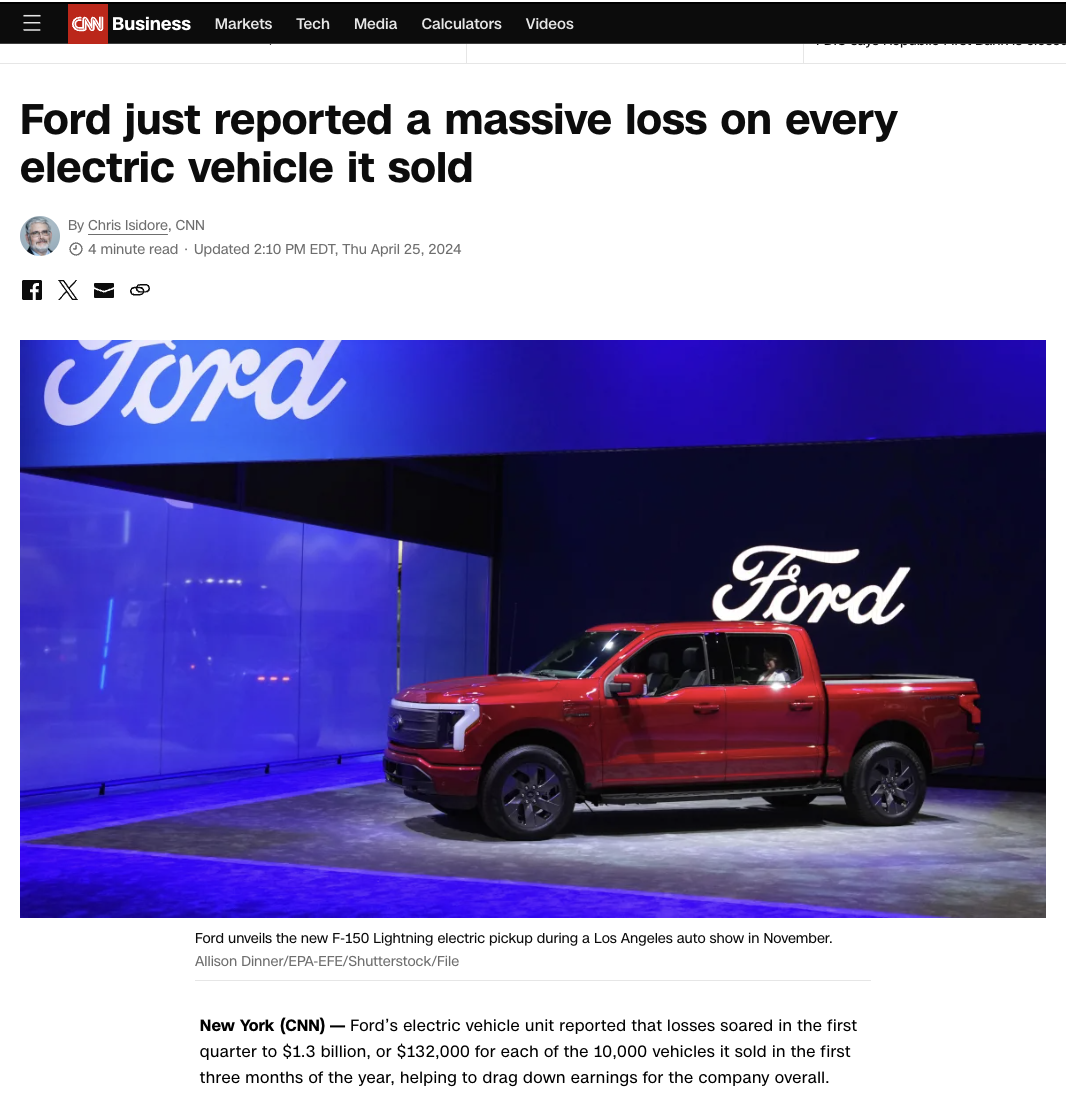https://nypost.com/2019/01/27/what-science-could-teach-ocastio-cortez-about-climate-change/
What science could teach Ocasio-Cortez about climate change
By Bjorn Lomborg
Rep. Alexandria Ocasio-Cortez declared last week that “the world is gonna end in 12 years if we don’t address climate change.” The freshly minted congresswoman skewered anyone who’d want to talk about the cost of global-warming policies, given the looming doomsday. Yes, her full remarks made it clear she only meant that the world would begin to end in 12 years if we don’t act. But she was still wildly wrong.
Yet AOC was just saying what many people believe. Shallow, apocalyptic reporting on global warming has made us all panicky, more likely to embrace poor climate policies and less likely to think about the price tag.
The truth is comparatively boring: According to the United Nations climate-science panel’s latest major report, if we do absolutely nothing to stop climate change, the impact will be the equivalent to a reduction in our incomes of between 0.2 percent and 2 percent five decades from now.
Yet by the 2070s, personal incomes will be some 300 percent to 500 percent higher than they are today. Far from the “end of the world,” the impact of warming is what we’d expect from roughly a single economic recession taking place over the next half century.
Many of us question how this could be true, when we are constantly told that extreme weather is wreaking ever-greater devastation. In fact, research shows that extreme weather is having a rather minimal economic effect. Since 1990, the cost associated with extreme weather worldwide has actually declined, to 0.25 percent of global gross domestic product, from 0.30 percent.
Extreme weather costs each French citizen about $25 a year; each American, about $56 per year. That’s what the average US worker spends on coffee in less than a month.
What about the escalating costs of hurricanes, now inevitably held up as examples of climate change? Actually, a major study in Nature shows hurricane damage today costs about 0.04 percent of global GDP. By 2100, even if hurricanes were to get twice as bad as they are now, increased prosperity and resilience mean the cost will have halved to 0.02 percent of GDP.
What’s more, the UN panel finds there is no observable increase in hurricane frequency.
Likewise, extreme weather is killing fewer people now than at any point in the last 100 years: In the 1920s, extreme weather killed about half a million people annually. Now, despite there being four times as many people, it kills fewer than 20,000 each year.
If the world isn’t ending, and the impact of global warming by 2030 is much less than 0.2 percent to 2 percent of GDP, then we need to start comparing costs with benefits.
…
But aiming to reduce temperatures more escalates the costs and eventually leaves the planet $50 trillion worse off. Limiting temperature increases to 2°C or less, as many leaders promise, would prove even more costly.
Green fretting about Armageddon is nothing new, of course. In the 1960s, mainstream environmentalists worried that the world was running out of food. In the 1980s, acid rain was going to destroy the planet’s forests. There were good reasons for concern, but a panicked response led to a poor, overly expensive response.
…
If Ocasio-Cortez had stuck to the facts, she would have said: “The world is going to see costs worth about 1 percent of GDP in 50 years if we don’t address climate change — and your biggest issue is how to pay for it?” Well, yes: We need to make sure our solution doesn’t cost more than the problem. If we look at the science and stop believing the end of the world is nigh, our decisions will be much smarter.
Bjorn Lomborg is president of the Copenhagen Consensus Center.



